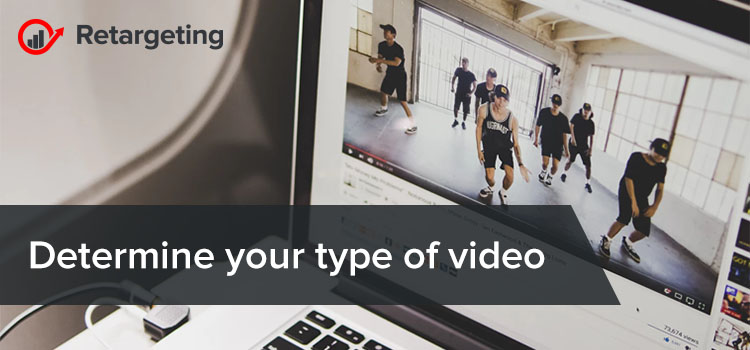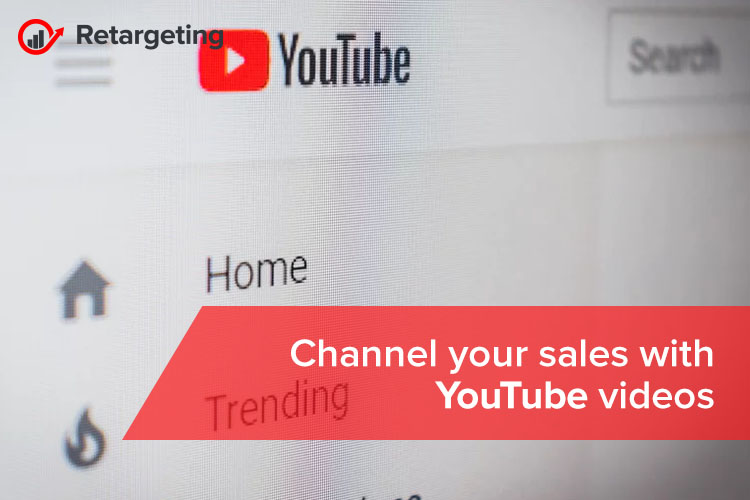Do you want to hook people and get them engaged, build brand awareness, increase your market reach and drive sales? Then there’s no better way to do that than with a video! And without a doubt, a YouTube channel is the best way to get video in front of an audience.
This video-sharing website has more than 1 billion users who watch more than five billion videos and is also the second-largest search engine.
Simply said, if you aren’t using this tool, you’re missing out. If you think it’s too hard or too expensive to get started, here are the most important tips to make optimal use of YouTube:
Analyze your competitors
The first step is to take a close look at your competitors’ channels. What type of content are they sharing? You likely have a similar target audience and marketing goals, so you can collect a lot of information and learn valuable lessons by evaluating what their channel is doing.
An analysis of channels will make it easier for you to understand their strengths and weaknesses. That will help you determine what areas you should focus on and how your channel can fill any voids. How many followers do they have? How many views, likes, and shares do their videos routinely get? And most importantly, where can you improve?
Establish your goal and focus
What are you trying to achieve and what are your end goals? What makes your channel unique and stand out from everyone else?
Your channel plan should include your purpose and the feelings you want to create. Think through your channel’s overall marketing strategy. Undoubtedly, this will include increasing awareness of your brand, so you want to create content that appeals to your potential customers.
Your content should strongly tie to your industry and create interest in your product or service without being overly pushy. Offering content that’s genuine and of value will always garner viewers.

Determine what type of videos you want on your channel
Every video you upload to your channel has to have a purpose and an intent. Once you know who your audience is, you should determine what type of videos you want to include on your channel. Popular video genres include unboxing, time-lapse videos, walkthroughs, tutorials, reviews, fan-made videos, vlogs, etc.
Any of these formats may work, but the videos that get the most attention on YouTube are ones that are funny, weird, unique or useful. Spend some time watching popular videos that are trending on YouTube to get ideas of what may work for you.
Make videos on your channel search friendly
About 70 percent of YouTube videos are found through browsing. This means someone types in a few keywords related to the topic they’re interested in. Then they scroll through the search results for videos that pique their interest.
The first step to getting noticed is making sure your videos come up in those searches. To do this, you need to effectively use keywords in your video’s title, description, and tags. Make them catchy but closely aligned with the video’s content.
Don’t forget about call-to-actions
The more people engage with your video, the better your video’s ranking in search results. And, of course, you want them to click the link that will take them to your webpage, where you hope they’ll become customers. But the first step is getting viewers to respond to your video. That is why your channel and each of your videos should include multiple calls to action.
This means clearly telling viewers what you want them to do: subscribe, follow, visit, comment, send, check my website etc.
Promote videos
Once you publish a new video, make sure you’re promoting it and getting it out to as many viewers as possible. Email is a great way to reach out to your established audience and let them know you have new content ready to be viewed. Take advantage of the existing subscriber list you’ve been building for your brand and ask new viewers to sign up.
When designing your videos, don’t forget about sharing. People will always share videos they enjoy and see value in. Also, build excitement by cross-promoting teasers on other social media such as Facebook and Twitter.

